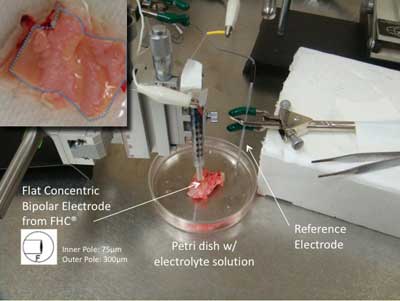Angiograms, images made by catheters inserted into the arteries feeding the heart, offer an inside view of the interior surface (lumen) of these blood vessels, often revealing deposits of a dangerous fatty substance called plaque.
But plaque comes in different forms. Some are metabolically stable and firmly fixed in the lumen and treatable with diet, exercise and medication. Others are less viscous and likely high risks to dislodge and cause heart attacks. These require immediate primary coronary intervention (angioplasty) or bypass surgery.
The problem is that current angiogram techniques cannot distinguish the types. ‘Distinguishing stable from unstable plaque remains an unmet clinical challenge,’ said engineer and cardiologist Dr Tzung John Hsiai.
He hopes that the new microelectromechanical system (MEMS) sensor his lab has created will change this situation.
The MEMS system uses minute heat perturbations as a proxy for blood flow and detects changes in bulk resistance for plaque characteristics.
The lab has demonstrated that the sensor can make the distinction between stable and unstable plaque in laboratory examinations of specimens of plaque-clogged arteries extracted from rabbits that have been fed a special plaque-producing diet.
Another configuration of the same sensor can measure the forces on the artery walls produced by blood flows, identifying spots where back currents may be promoting plaque formation.
The next step will be to embed the MEMS sensors into angiogram catheters and show that they can accurately make the same distinctions, first in animals, then in human subjects.






Poll: Should the UK’s railways be renationalised?
I'm in favour because of the ownwership of the so called "private" rail companies. Many have significant foreign state ownership. RATP (French state...